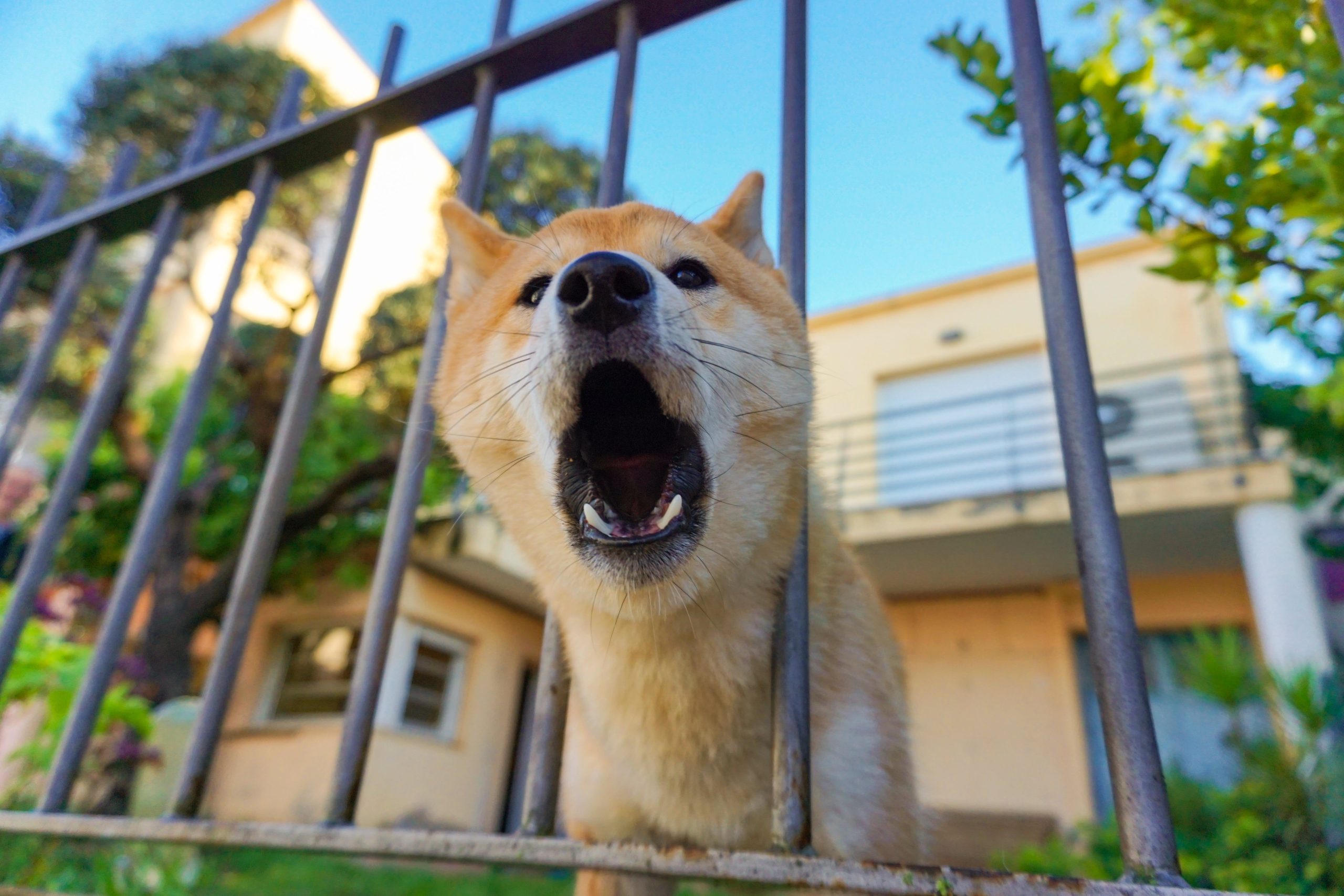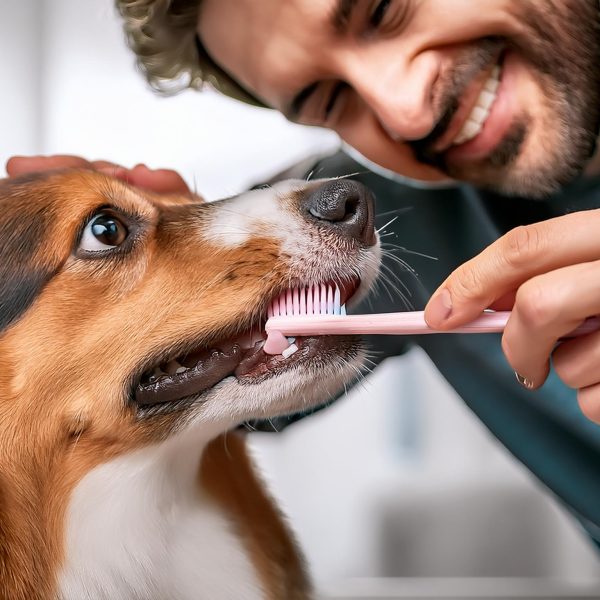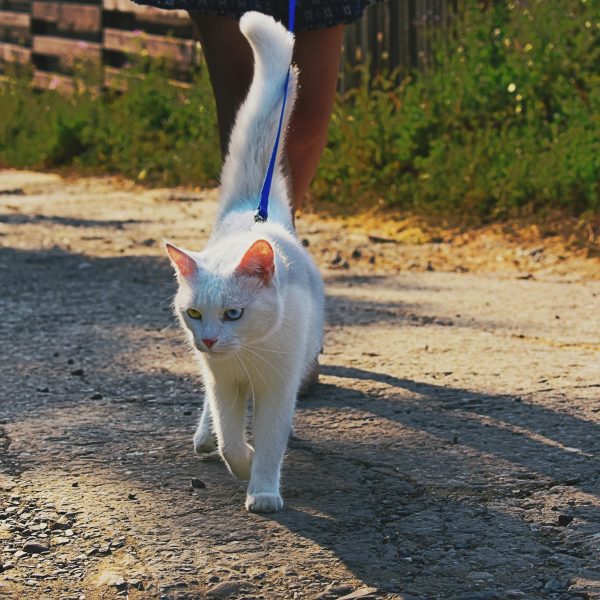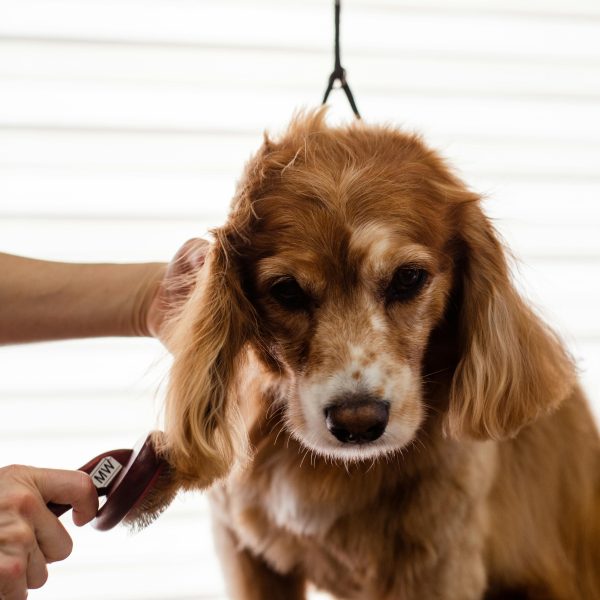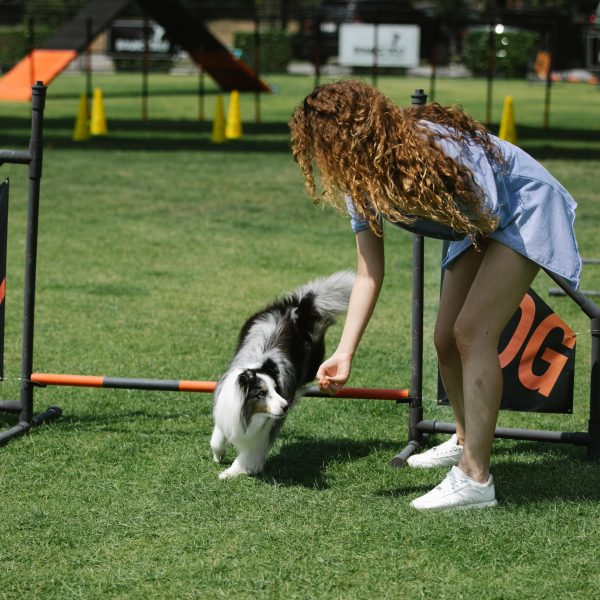Dogs are cherished companions, offering us loyalty, companionship, and unconditional love. However, like any relationship, challenges can arise when behavioral issues surface. From incessant barking to destructive chewing, addressing these common problems necessitates understanding, patience, and practical solutions. This article explores prevalent behavioral issues in dogs and provides effective tips for confident handling.
Barking: A Widespread Concern
Excessive barking is a frequent grievance among dog owners. Whether stemming from boredom, fear, or excitement, ceaseless barking can be bothersome. To address this issue:
- Identify the Cause: Understand if it’s due to exercise needs, loneliness, or territorial instincts.
- Increase Exercise: Incorporate more daily exercise and stimulate with toys or puzzles.
- Establish a Schedule: Routine can help in curbing excessive barking.
- Training Commands: Teach commands like “quiet” or “enough” to control barking behavior.
Destructive Chewing
Dogs have a natural inclination to chew, but it becomes problematic when it turns destructive. Reasons include boredom, anxiety, or teething in puppies. To prevent destructive chewing:
- Provide Chew Toys: Ensure your dog has appropriate chew toys and rotate them regularly.
- Crate Training: Consider crate training to limit access when you’re not around.
- Stimulation: Engage your dog with stimulating activities to redirect focus from chewing.
Separation Anxiety
Being left alone can trigger anxiety in dogs, leading to barking, destructive behavior, and soiling. To address separation anxiety:
- Gradual Introductions: Introduce your dog gradually to periods of your absence.
- Secure Space: Create a secure space and use pheromone diffusers or calming music.
- Training and Modification: Seek professional help for training and behavior modification.
Aggressive Behavior
Aggression in dogs may arise from fear, territorial instincts, or insufficient socialization. To handle aggressive behavior:
- Professional Guidance: Consult a dog trainer or behaviorist to evaluate and address triggers.
- Training and Positive Reinforcement: Implement training techniques and positive reinforcement.
- Social Exposure: Gradually expose your dog to various environments and social situations.
Jumping
Jumping can be bothersome and potentially risky. To discourage jumping:
- Teach Alternative Behavior: Reinforce the “sit” command to replace jumping.
- Ignore Jumping: Encourage visitors to ignore the dog until it settles down for attention.
Digging
Understanding that digging is a natural behavior, create a designated digging area and provide mental stimulation to redirect energy:
- Designated Area: Create a digging area filled with soil or sand.
- Exercise and Stimulation: Regular exercise and mental stimulation help channel energy positively.
Leash Pulling
Walking a dog that constantly pulls on the leash can be frustrating. To teach your dog to walk by your side:
- Consistency and Positive Reinforcement: Reward with treats or praise for walking nicely without pulling.
- Use Equipment: Consider a front clip harness or head halter to discourage pulling.
- Gradual Training: Keep training sessions short, enjoyable, and gradually increase difficulty.
Dealing with dog behavior issues requires understanding, patience, and effective problem-solving techniques. Each dog is unique, so tailor your approach to their specific behavior. Consistent training combined with love and attention builds a strong bond between you and your four-legged companion. Remember, achieving well-behaved canine companionship takes time and effort, but the rewards of a harmonious relationship are undoubtedly worth it.


